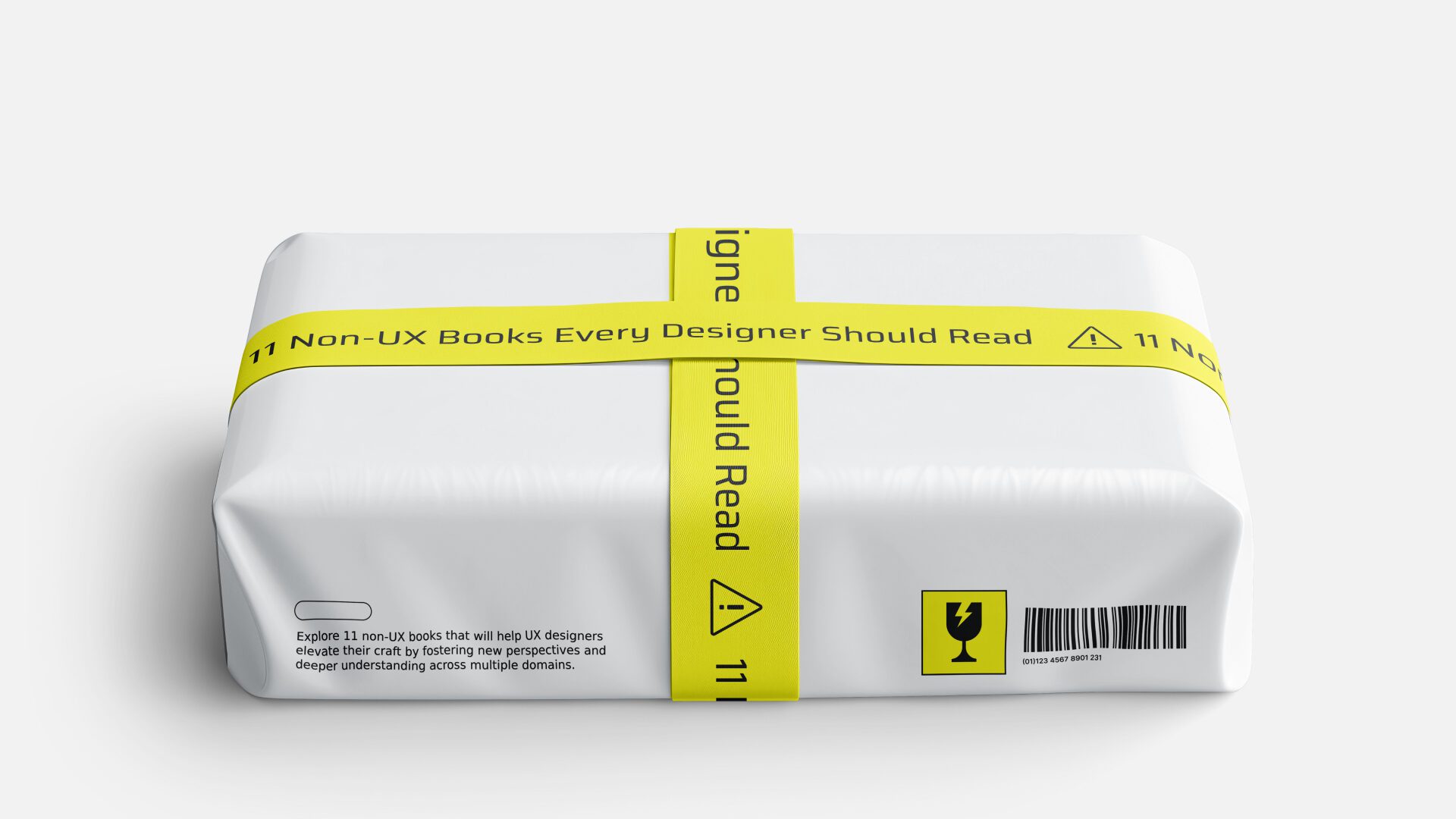User Experience (UX) design is an evolving field that draws from a broad spectrum of disciplines. While UX-specific books provide deep insights into usability, user psychology, and interface design, designers can benefit immensely by broadening their reading habits to include works that explore other areas like psychology, business, and art. Here, we explore 11 non-UX books that will help UX designers elevate their craft by fostering new perspectives and deeper understanding across multiple domains.
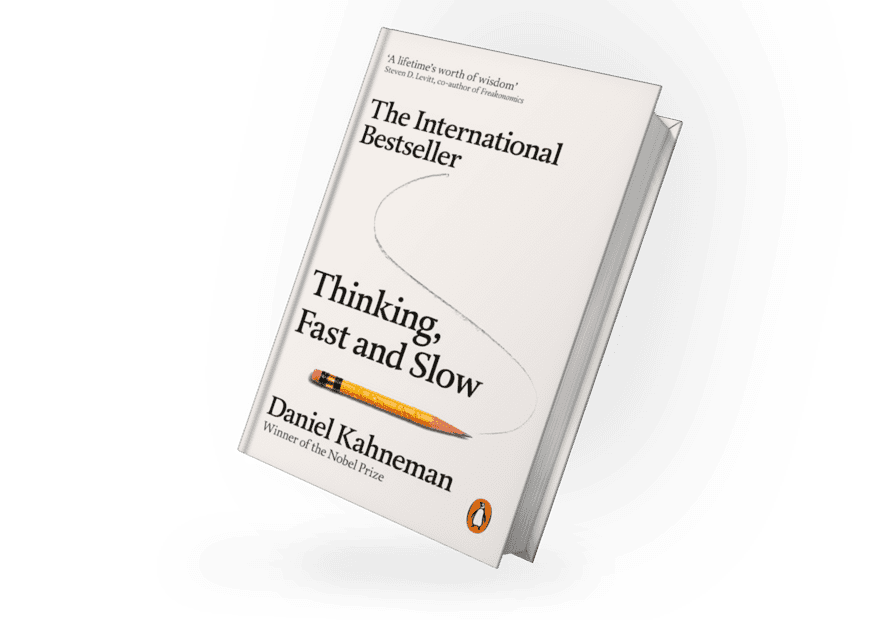
1. “Thinking, Fast and Slow” by Daniel Kahneman
Why UX Designers Should Read It:
Understanding how users think is fundamental to creating intuitive designs. Daniel Kahneman, a Nobel Prize-winning psychologist, explores how the human brain functions in two modes: System 1 (fast, instinctive, and emotional) and System 2 (slow, deliberate, and logical). His work illustrates how people make decisions, often relying on mental shortcuts that can lead to biases. UX designers can apply these concepts to better anticipate user behavior and design interfaces that align with both intuitive and deliberate thought processes.
Key Insights:
- Cognitive biases and heuristics influence decision-making.
- Designers should consider both quick, instinctual reactions and deliberate actions in their user flows.
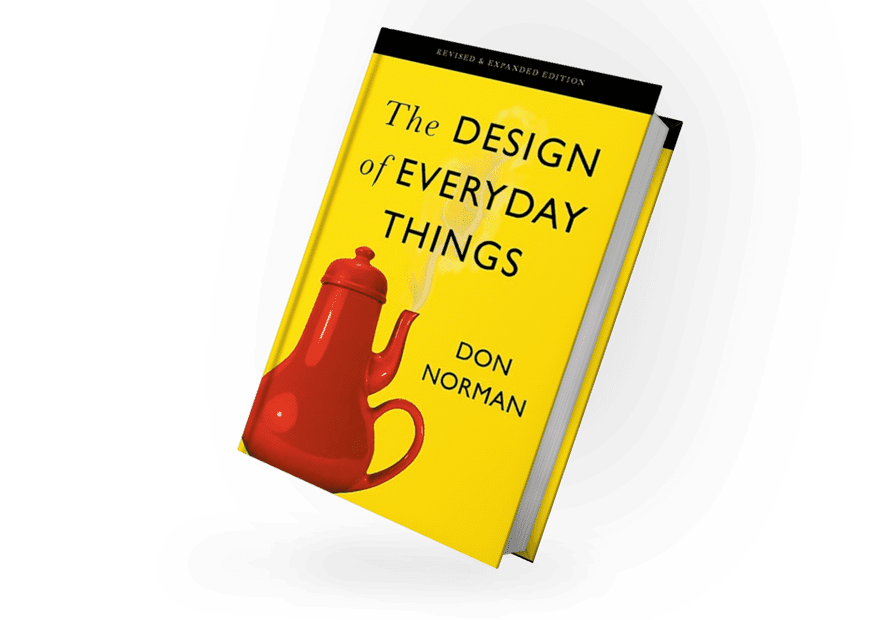
2. “The Design of Everyday Things” by Don Norman
Why UX Designers Should Read It:
Although not strictly a “non-UX” book, Norman’s classic book goes beyond digital interfaces to explore how design shapes human interaction with physical objects. From door handles to kitchen appliances, Norman breaks down principles of usability and human-centered design that transcend the digital realm. By understanding how people interact with the physical world, UX designers can develop a deeper appreciation for intuitive design and functionality.
Key Insights:
- Discover the importance of affordances and signifiers in design.
- Learn how to design for human error and minimize confusion in interfaces.
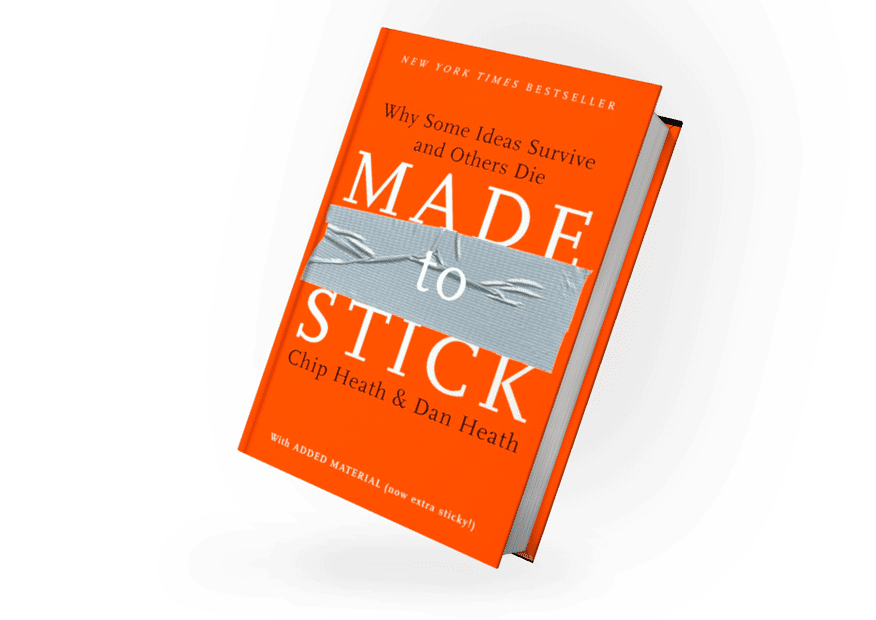
3. “Made to Stick” by Chip Heath and Dan Heath
Why UX Designers Should Read It:
Communication is a crucial aspect of UX design, whether it’s through button labels, onboarding instructions, or error messages. “Made to Stick” delves into why certain ideas stick in people’s minds while others fade away. The Heath brothers outline six principles—Simple, Unexpected, Concrete, Credible, Emotional, and Stories (SUCCESS)—that help make information memorable. UX designers can use these principles to craft effective messages, microcopy, and engaging user experiences.
Key Insights:
- Understanding the power of storytelling in user experiences.
- Crafting clear, concise, and emotionally resonant content to connect with users.
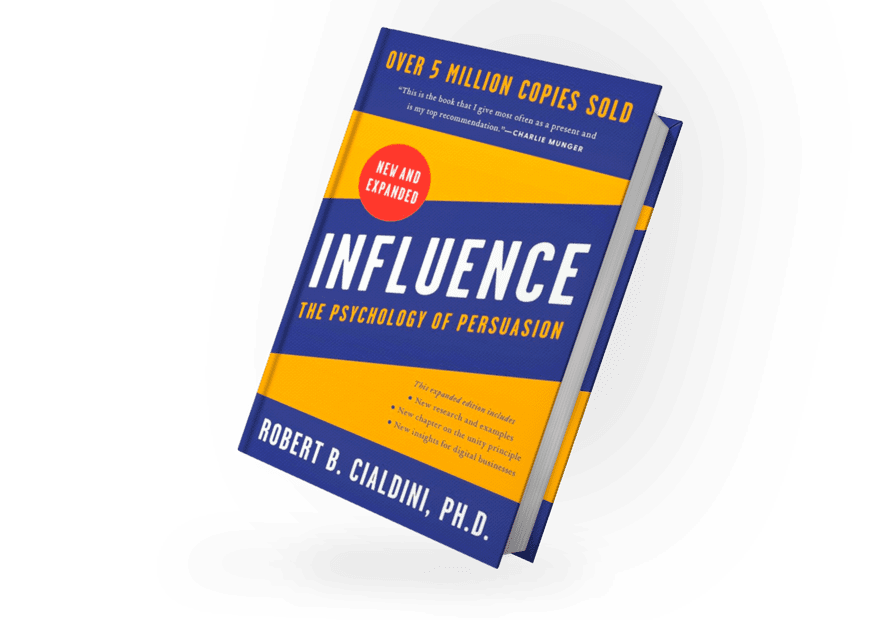
4. “Influence: The Psychology of Persuasion” by Robert B. Cialdini
Why UX Designers Should Read It:
Designers often need to guide users toward taking specific actions—whether it’s making a purchase, signing up for a service, or simply completing a task. In “Influence,” Cialdini breaks down the six key principles of persuasion: reciprocity, commitment, social proof, authority, liking, and scarcity. Understanding these principles can help UX designers create persuasive, ethical, and user-friendly designs that motivate users without resorting to manipulative tactics.
Key Insights:
- Learn how to integrate social proof, authority, and scarcity into design decisions.
- Influence user actions with integrity, fostering trust in your designs.
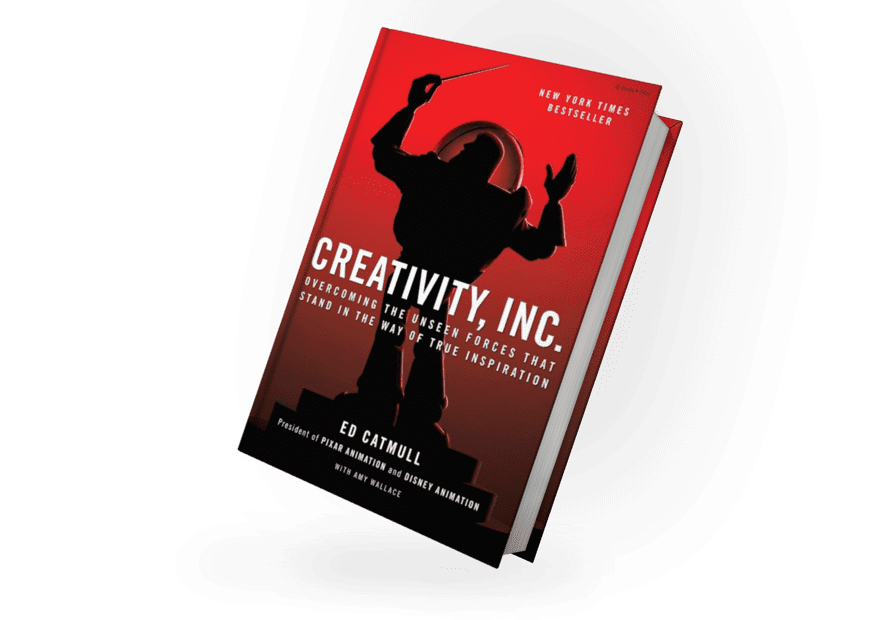
5. “Creativity, Inc.” by Ed Catmull
Why UX Designers Should Read It:
Creativity is essential to innovation in UX design. In “Creativity, Inc.,” Pixar co-founder Ed Catmull offers insights into how to foster a creative culture while managing the inevitable uncertainties and setbacks of the design process. The book is filled with lessons on leadership, teamwork, and the creative process, all of which can help UX designers balance creativity with structure and collaboration in their projects.
Key Insights:
- Understand the importance of a strong creative culture and open communication.
- Embrace failure as a learning opportunity in the iterative design process.
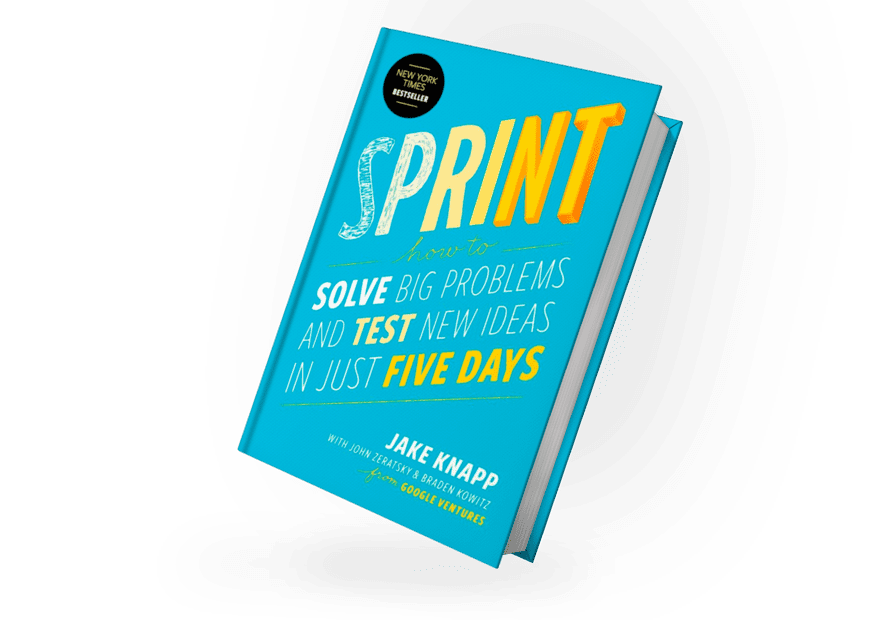
6. “Sprint: How to Solve Big Problems and Test New Ideas in Just Five Days” by Jake Knapp
Why UX Designers Should Read It:
Developed at Google Ventures, the Sprint methodology is a rapid process for answering critical business questions through prototyping and testing. This book is a practical guide to the sprint process, from mapping out user journeys to prototyping ideas and getting user feedback within a tight timeframe. While not explicitly focused on UX, the Sprint method is an invaluable tool for any UX designer looking to improve their rapid prototyping, testing, and iteration process.
Key Insights:
- Learn a structured method for quickly developing and testing ideas.
- Gain confidence in making informed design decisions without extensive resources or time.

7. “Hooked: How to Build Habit-Forming Products” by Nir Eyal
Why UX Designers Should Read It:
Nir Eyal explores the psychological mechanisms behind habit-forming products, breaking down a four-step process: Trigger, Action, Reward, and Investment. This book is especially useful for UX designers working on apps or products that rely on user retention and engagement. While the book emphasizes ethical considerations, it provides powerful insights into how to create experiences that users return to again and again.
Key Insights:
- Understand the psychological hooks that drive user behavior.
- Build products that balance engagement with user well-being and ethical design practices.
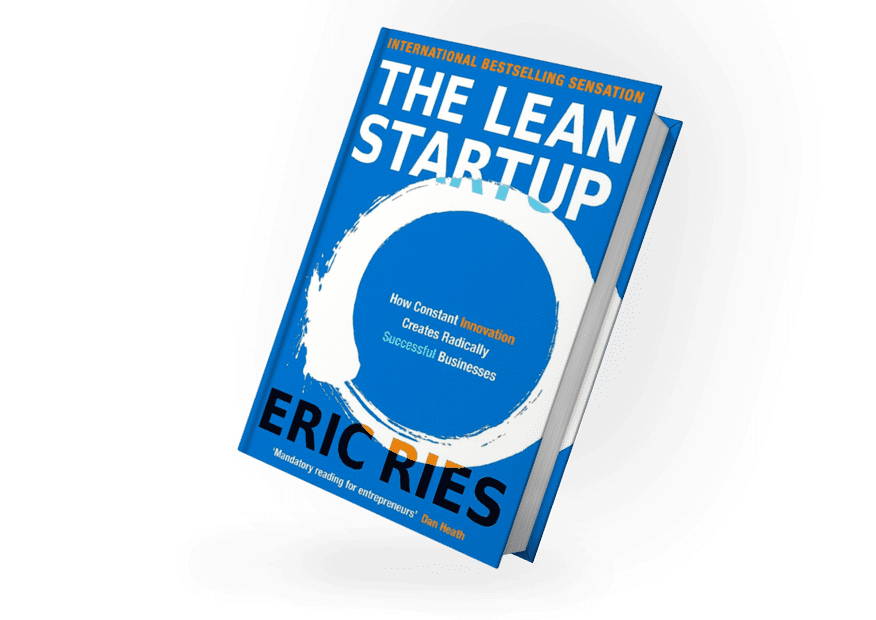
8. “The Lean Startup” by Eric Ries
Why UX Designers Should Read It:
Eric Ries introduces the concept of lean methodologies, focusing on validated learning, rapid experimentation, and iterative development. For UX designers working within startups or fast-paced environments, “The Lean Startup” offers valuable strategies for building, measuring, and learning quickly. Applying lean principles to design ensures that user feedback is integrated into the development process early and often, minimizing risk and maximizing user satisfaction.
Key Insights:
- Master the art of rapid prototyping and user testing.
- Learn how to validate assumptions with real user data before committing to full-scale development.
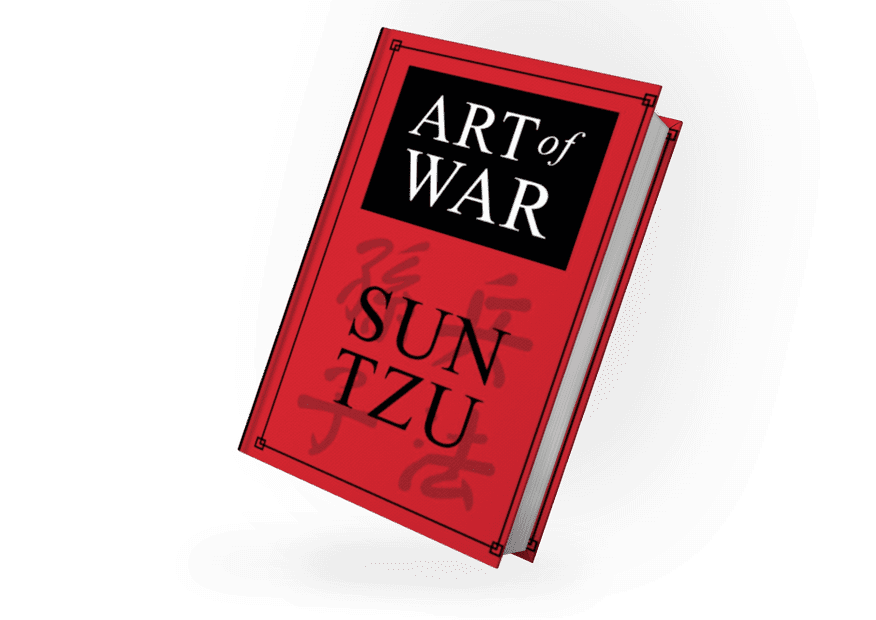
9. “The Art of War” by Sun Tzu
Why UX Designers Should Read It:
Though ancient and originally intended as a military treatise, “The Art of War” provides timeless insights into strategy, competition, and adaptability. UX designers can apply Sun Tzu’s strategies to navigate complex design challenges, handle stakeholders, and stay ahead in competitive markets. The book emphasizes flexibility, understanding the environment, and thinking several steps ahead—skills that are crucial for creating successful user experiences.
Key Insights:
- Understand the importance of strategic thinking and adaptability in design.
- Approach competition and challenges with thoughtful, preemptive strategies.
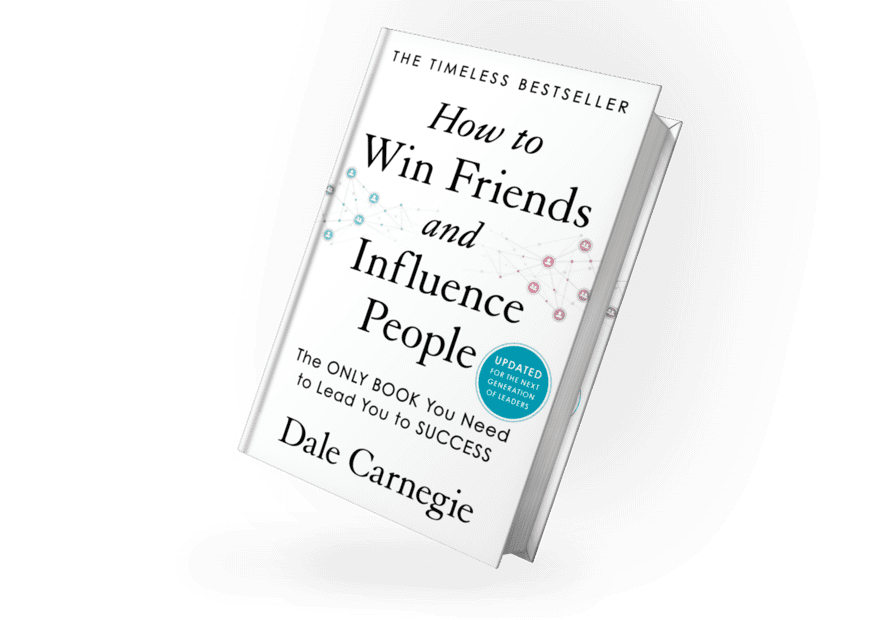
10. “How to Win Friends and Influence People” by Dale Carnegie
Why UX Designers Should Read It:
Design is as much about people as it is about interfaces. Dale Carnegie’s classic guide to human relations offers timeless advice on building strong interpersonal relationships. UX designers often need to collaborate with stakeholders, developers, and fellow designers. Learning how to communicate effectively, build trust, and influence others can significantly enhance a designer’s ability to advocate for users and ensure that design decisions are respected.
Key Insights:
- Learn techniques to foster collaboration and positive relationships with team members.
- Use empathy and diplomacy to influence decisions that benefit the user experience.

11. “The Elements of Style” by William Strunk Jr. and E.B. White
Why UX Designers Should Read It:
Good design is not just about visuals—it’s also about communication. “The Elements of Style” is a concise guide to writing clearly and effectively. For UX designers, this book is invaluable for improving microcopy, instructional content, and communication with stakeholders. Clear, concise language is a hallmark of great design, and this book will help you refine your writing to better serve users.
Key Insights:
- Emphasize clarity and brevity in all forms of written communication.
- Apply strong writing principles to improve UX microcopy and in-app messaging.
Conclusion
While UX design is a specialized field, it draws heavily from a range of disciplines, including psychology, business, communication, and creativity. By reading beyond the confines of traditional UX literature, designers can broaden their horizons and elevate their craft in meaningful ways. These 11 essential non-UX books will not only provide fresh insights into user behavior, strategy, and communication but will also inspire new approaches to design thinking and problem-solving.
Disclaimer: The information contained in this post is for general information purposes only. The views expressed here are my own and do not necessarily reflect the opinions or positions of my employers, clients, or any organizations with which I am affiliated.
The audio summary segments, included for accessibility, are generated with experimental NotebookLM.

